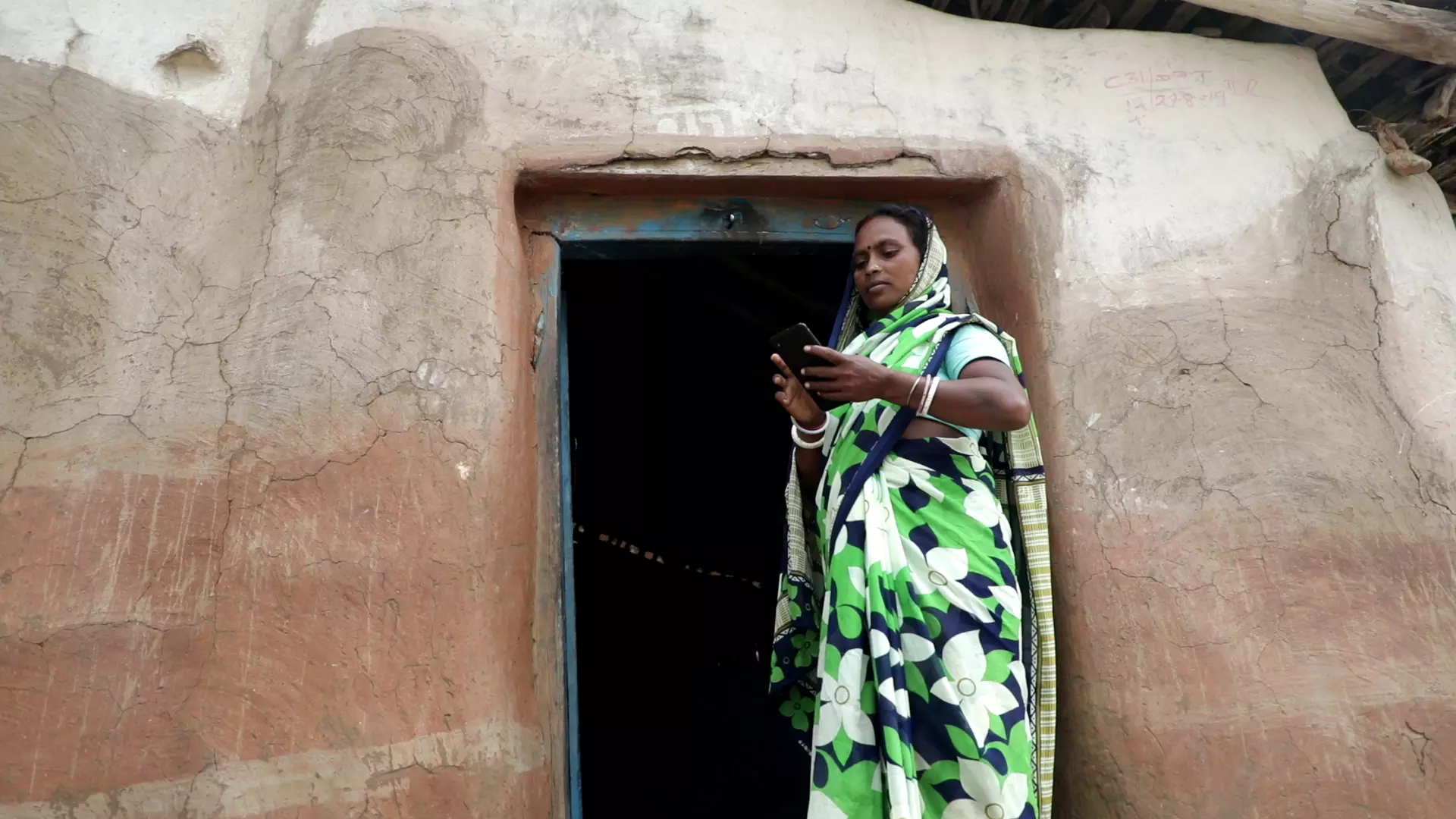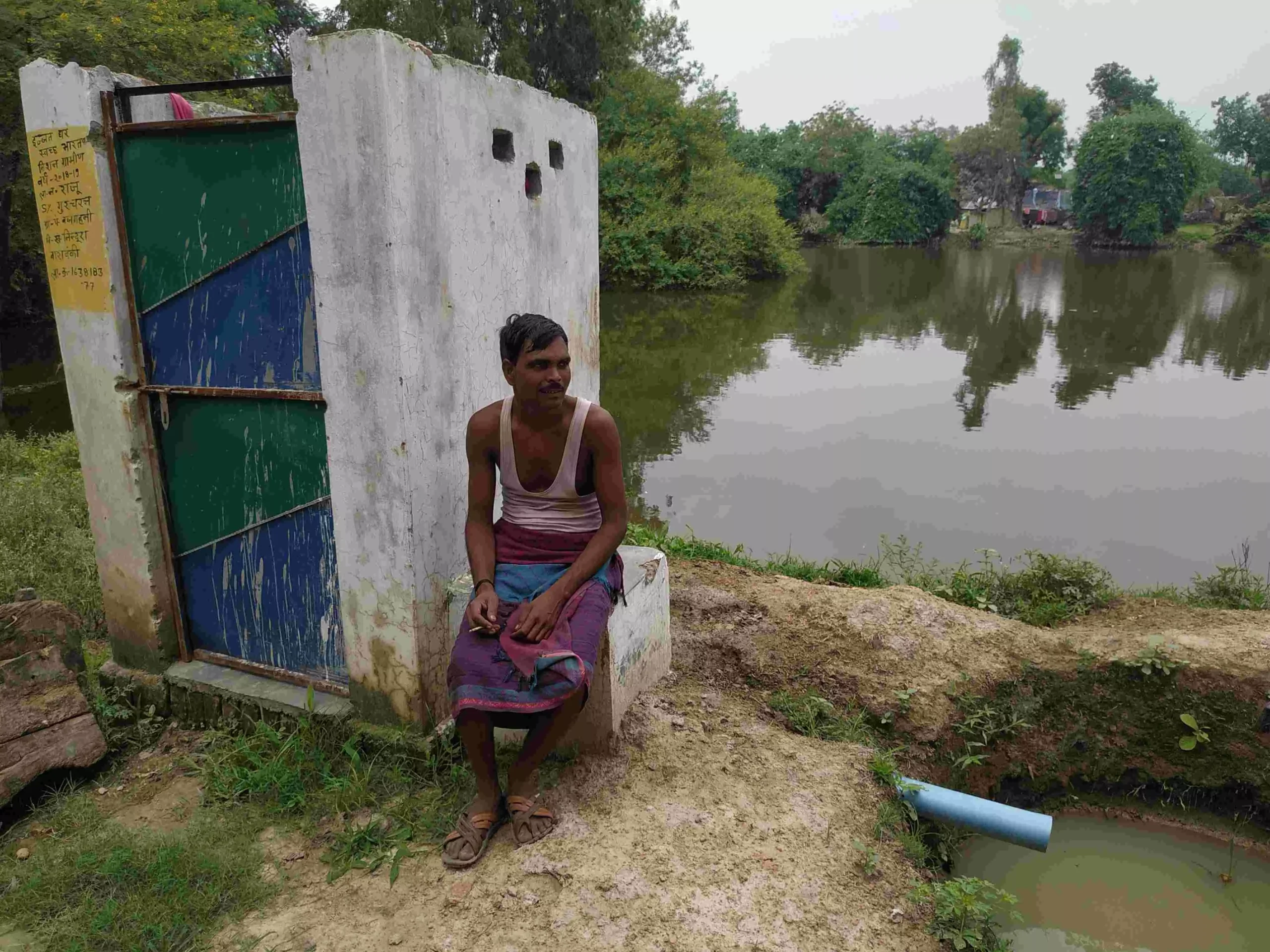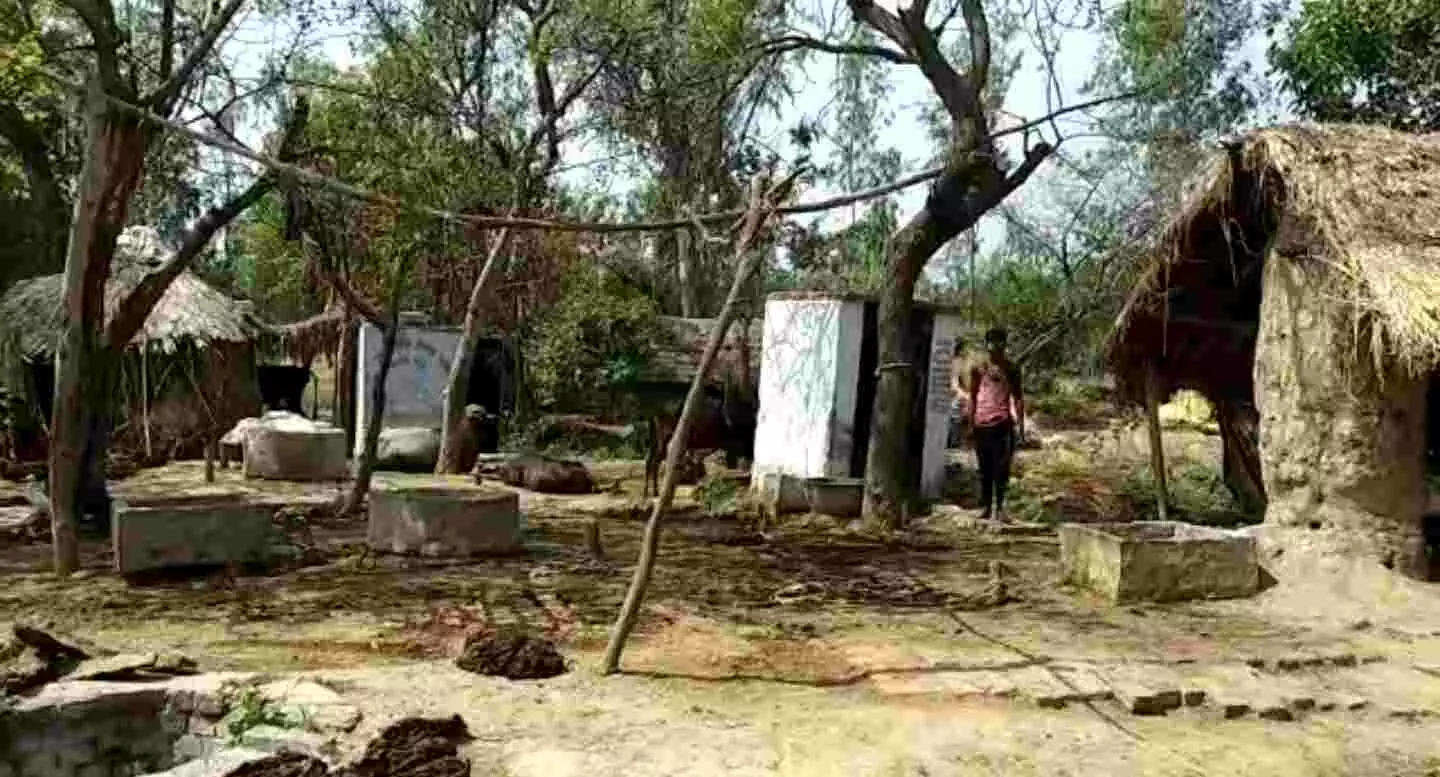In 2010, a report by the Ontario-based United
Nations University’s Institute for Water, Environment and Health (UNU-IWEH)
created a stir by pointing out that more people in India have access to a
mobile telephone than to a toilet. An animated debate followed. Why did so many
people feel the urgent need for a mobile phone but not a toilet?
More importantly, why did so many of those who have
toilets not use them? And why did so many still not wash their hands with soap
before meals and after defecation when awareness campaigns had been emphasising
the link between, water, sanitation, hygiene and health?
In short, why was connectivity, as symbolised by
the cell phone, a greater priority than good practices in sanitation like
rejecting open defecation, using toilets, washing hands with soap?
There were no easy answers to those questions then.
There are no easy answers now, in Narendra Modi’s New India, even
after more than 100 million toilets have been built across the country in the
wake of the Swachh Bharat (Clean India) Mission (SBM) since 2014.
Rural India became ‘officially’ open defecation
free on October 2 this year, but as anyone who has travelled knows, that is not
quite the case yet. Many Indians continue to ease themselves out in the open –
either because they still don’t have a toilet or because they prefer to carry
on with their traditional practice though they have built a toilet.

Cheap mobile phones have indeed reduced the gap between the digital haves and have-nots.
Rural India alone has 528.48 million mobile users
today. Several field despatches show that many of those without a toilet have
cell phones, as was the case a decade ago.
This apparent paradox leads one to a broader
question about ‘exclusion’. What is the face of exclusion in rural India?
Here are some vignettes from a recent visit to
Muzaffarnagar district in Uttar Pradesh.
Sarmita (not her real name), resident of Samasnagar
village, has a cell phone, a bank account and an LPG connection which she got
under the Pradhan Mantri Ujjwala Yojana. But she has no piped water, nor a
toilet. She has to walk for half an hour to the open fields where she relieves
herself. “In the night, I eat little so that I don’t feel the need to relieve
myself,” she told me. Sarmita says she has twice filled up the forms necessary
to get the SBM subsidy to build a toilet at home. She is still waiting for the Rs
12,000 she is entitled to.
Bhaislivala, an adjoining village, has untarred
roads, mud houses with thatched roofs, no piped water and almost no house with
a toilet. A community worker told me when it rains heavily, the village becomes
almost inaccessible. But there are plenty of cell phones in Bhaislivala.
Cheap mobile phones have indeed reduced the gap
between the digital haves and have-nots. But even there, there is a huge gender
gap. As an October 2018 study by the John F Kennedy School of Government at
Harvard University pointed out, 71% of men but only 38% of women in India own
mobile phones.
Does possession of a cell phone automatically
alleviate social exclusion? How do you describe a woman who has a cell phone
but is unlettered, living in a mud hut, with no piped water, no toilet and
little physical contact with the outside world in this day and age? Is this the
face of exclusion or is she a telling marker of Digital India?
The situation on the ground also raises the issue
of access versus usage.

Rural India became ‘officially’ open defecation free on October 2 this year, but as anyone who has travelled knows, that is not quite the case yet.
In the Indian context, having a household toilet
does not necessarily mean that everyone in the house is using it.
The story is the same with bank accounts. Like
toilets, financial inclusion has received tremendous attention from
policymakers in recent times. It is argued that a bank account makes it easier
to deliver welfare programmes. The percentage of adult Indians with bank
accounts has shot up from 53% in 2014 to 80% in 2017.
The Pradhan Mantri Jan Dhan Yojana, launched in
2014, reportedly led to some 36 crore new bank accounts, with over 50% of these
account holders being women.
However, as a recent article in the Indian
Development Review pointed out, a closer look at these numbers reveals gaps,
primarily around usage. Half of the new accounts are said to be inactive,
especially those held by women.
The reasons could range from lower literacy,
restrictions on mobility, lack of access to public spaces to wariness of a
banking ecosystem that is male-dominated and an English dominated online
financial interface.
Are the women with inactive bank accounts the face
of inclusion or exclusion?

In the Indian context, having a household toilet does not necessarily mean that everyone in the house is using it.
Clearly, having a toilet at home or a bank account
is a movement forward. They are necessary first steps. A bank account is the
passport to other financial services, but it does not mean that having a bank
account will automatically translate into actual use of or access to these
services.
So, with the toilet. It is a gateway to sanitation
and hygiene, but it will not automatically translate into good health unless it
is used by everyone in the house and the neighbourhood and followed by hygienic
practices like washing hands with soap.
Key factors in poor usage and maintenance of
toilets are gender and caste. Maintenance of toilets – especially community
toilets – hinges on who is tasked to clean it. Several studies also show that
many mothers with low levels of education think that child excreta are harmless
and such wastes are often thrown in the open. Improved sanitation is not a
priority in many households, because they do not view a toilet as a tool to
improve their economic status, while they do view the cell phone as one. Nor do
they fully understand the links between open defecation and common diseases
such as diarrhoea and the overall impact of such diseases on productivity.
The bottom line – tackling exclusion means going
beyond access, whether it is toilets, cell phones, bank accounts, or anything
else, and making sure that there is usage.
Patralekha Chatterjee is an award-winning
journalist/columnist, and photographer focusing on development issues.
Currently, her writing focuses on the intersection of politics and public
policy on a range of inter-linked development issues for Indian and international
media.
(Views are personal)




















